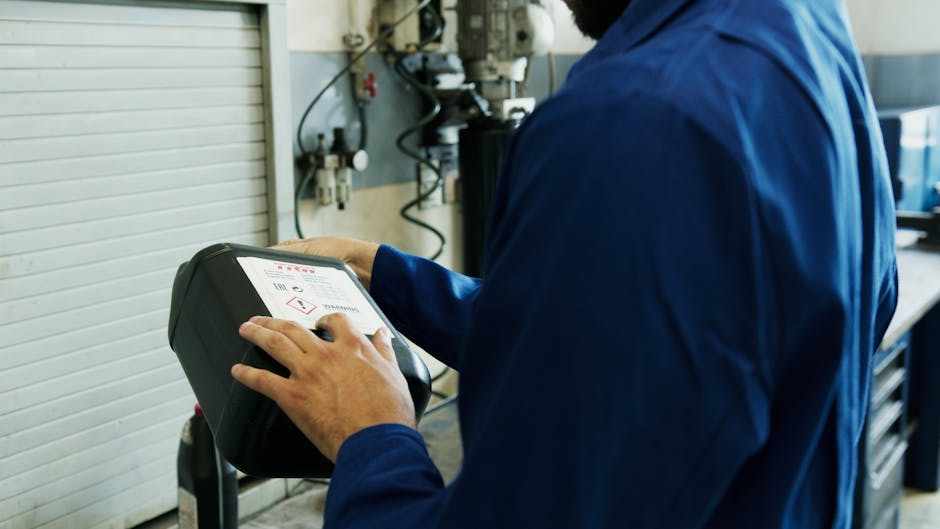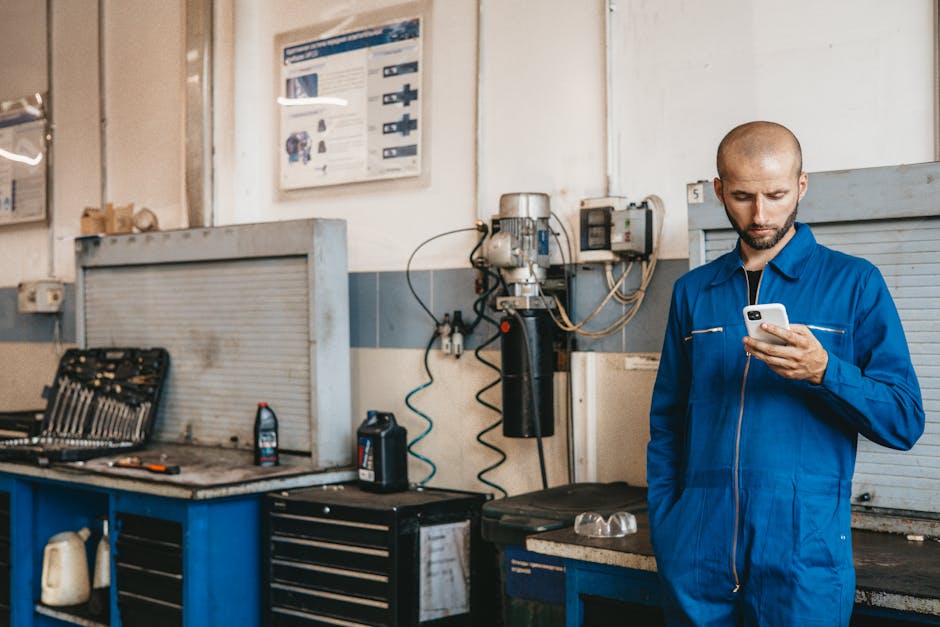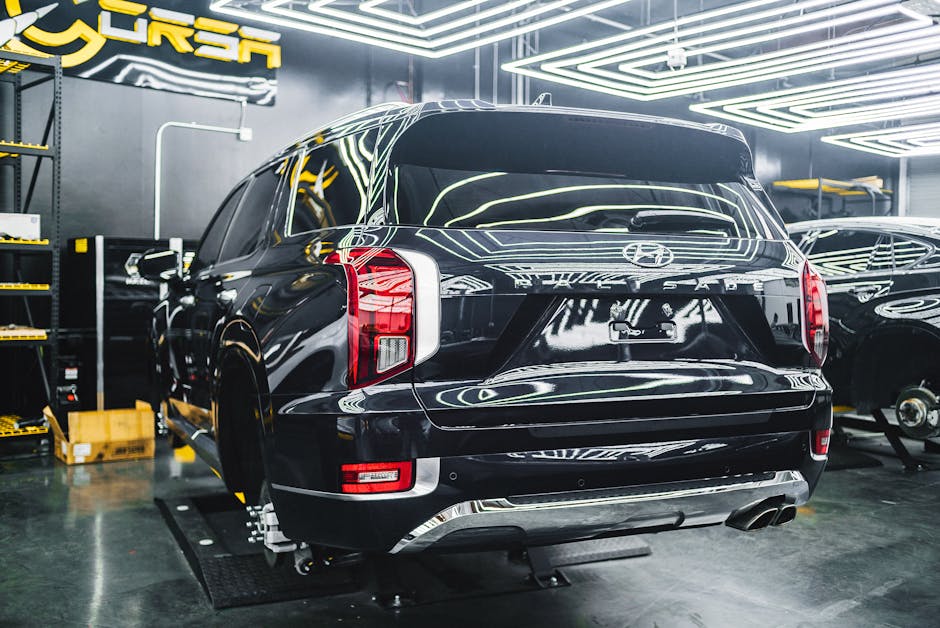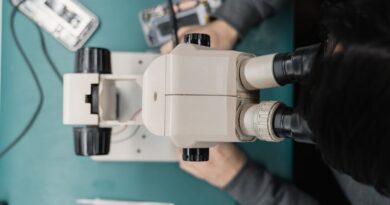Auto Repair Training: Adapting to New Technologies
Did you know that over 90% of new cars come equipped with advanced technology? From electric engines to smart dashboards, modern vehicles are changing fast. This shift means that auto repair training must keep pace. But how are schools adapting? Lets dive into the world of auto repair training and discover how it’s evolving.
Why Is Technology Important in Auto Repair?

Technology shapes every industry, and auto repair is no exception. Todays cars have complex systems that require specialized knowledge. A simple oil change isn’t enough anymore. Mechanics need to understand the digital systems that control everything from brakes to entertainment systems.
- Modern cars often include features like lane-keeping assistance.
- Electric vehicles require different maintenance practices.
- Diagnostic tools are now high-tech and computer-based.
In short, understanding these technologies is crucial for anyone in the auto repair field. it’s not just about fixing cars; it’s about making them safe and reliable.
What Do Auto Repair Schools Teach?

Auto repair schools teach a variety of skills. But with changing technology, they also need to update their curriculum. Heres what you can typically expect to learn:
- Basic automotive mechanics
- Electrical systems and diagnostics
- Engine repair and maintenance
- Hybrid and electric vehicle systems
In recent years, many schools have added courses specifically focused on new tech. For example, students might learn about:
- Computerized diagnostics
- Advanced driver-assistance systems (ADAS)
- Connected car technologies
This approach helps students prepare for the cars theyll be working on once they graduate.
How Are Schools Using Technology in Training?

Many auto repair programs are embracing technology in their teaching methods. Here are some innovative strategies:
- Online Learning: Some schools offer online courses. This flexibility allows students to learn at their own pace.
- Virtual Simulators: These tools simulate real-life repairs. Students can practice without working on actual cars.
- Hands-On Workshops: Real cars equipped with the latest technology are used for training.
These methods make learning more engaging and effective. They allow students to adapt to real-world scenarios before they enter the job market.
What Challenges Do Auto Repair Schools Face?

While adapting to new technologies is essential, it comes with challenges. Here are some of the biggest hurdles:
- Cost: Upgrading equipment and training materials can be expensive.
- Keeping Up: Technology changes rapidly, and schools must continually update their curriculum.
- Instructor Training: Current instructors may need training themselves to teach new technologies.
Despite these challenges, many schools are committed to providing the best education possible.
Are Students Ready for These Changes?
Students today are more tech-savvy than ever. Many grow up with smartphones and computers, making them comfortable with new technology. But this doesnt mean they are automatically prepared for auto repair training.
Some may struggle with the technical aspects of modern vehicles. Schools often offer support to bridge this gap. For instance, tutoring programs help students who might find certain topics challenging.
What Do Employers Look For in New Technicians?
Employers want technicians who can adapt to new technologies. They look for individuals who are:
- Curious about technology
- Willing to continue learning
- Skilled in problem-solving
Companies may also seek candidates with certifications from recognized programs. These certifications assure employers that candidates have the necessary skills.
What Are the Future Trends in Auto Repair Training?
The future of auto repair training looks promising. Here are some trends to watch:
- Increased Focus on Electric Vehicles: As more electric cars hit the road, training will emphasize their specific maintenance needs.
- Integration of Artificial Intelligence: AI tools are helping with diagnostics and repair recommendations, making them crucial in training.
- Collaboration with Manufacturers: Schools are partnering with car manufacturers to ensure their training reflects industry standards.
These trends will shape the skills of future technicians, ensuring they are prepared for the evolving automotive landscape.
How Can You Get Involved in Auto Repair Training?
If you’re interested in a career in auto repair, here are some steps to consider:
- Research Schools: Look for programs that offer modern training methods.
- Consider Certifications: Certifications can make you more attractive to employers.
- Stay Informed: Follow industry news to keep up with technological advances.
Getting involved today can lead to a rewarding career tomorrow.
Conclusion: Embracing Change in Auto Repair Training
The auto repair industry is changing, and training programs must adapt. By focusing on new technologies and teaching methods, schools are preparing students for successful careers. Whether you’re a student or a professional looking to upskill, embracing these changes will help you thrive in this dynamic field.
With the right training and mindset, you can drive your future in auto repair. Remember, it’s not just about fixing cars; it’s about understanding the technology that makes them work.
For more insights on auto repair training, check out this reliable resource. It offers courses and information tailored to your interests.
Now, are you ready to take the wheel in your training journey?



